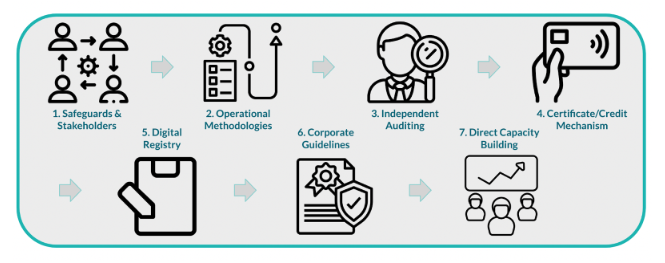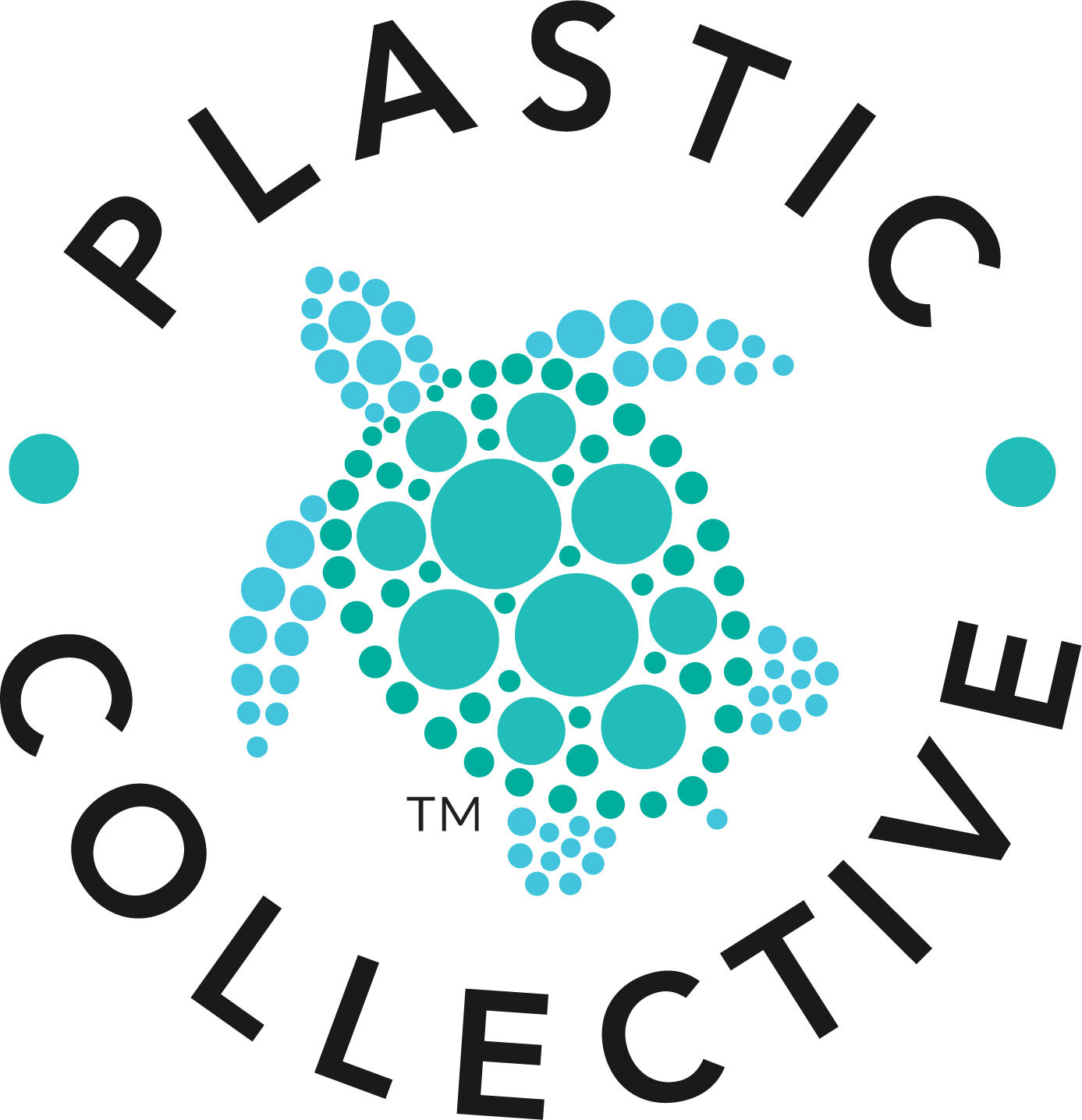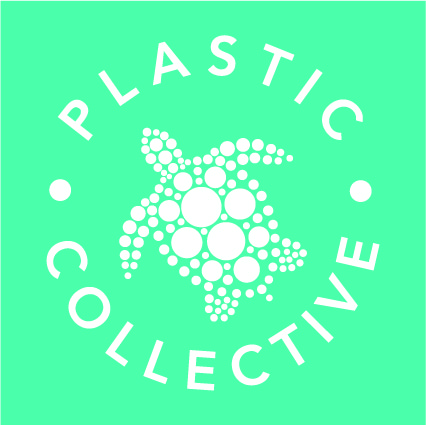Extended Producer Responsibility – How Can It Drive Global Circularity and Sustainability?

Extended Producer Responsibility (EPR) is the concept that producers and importers should take responsibility for the products they put into a market across their entire lifecycle – the polluter pays principle. We are now seeing a ‘third wave’ in the development and implementation of EPR frameworks around the world. Let’s take a look at the evolution of EPR frameworks to mitigate plastic pollution, and what might expect – and strive for – next.
First there were bans and taxes
Early legislative initiatives to mitigate plastic pollution took the form of often symbolic bans and taxes on single use plastics. These policy measures started emerging in the 2010s, with Zimbabwe being one of the first countries to ban plastic packaging [1]. Most recently, the UK government’s ban on the supply of single-use plastic plates, cutlery, balloon sticks, and polystyrene cups and containers comes into effect from April 2023. In the US, there is currently no federal legislation for single-use plastics (aside from that introduced recently for public lands and parks) and progress varies significantly across states, however, at least 10 states have completely banned certain forms of single-use plastics, mainly plastic bags to date.
There is limited evidence of single use plastic bans and taxes reducing overall plastic consumption levels [2] and for this reason such policy instruments are generally now considered as but one in a broader suite of plastic pollution mitigation measures.
‘Voluntary’ EPR
A ‘second wave’ in terms of legislative approach has been the introduction of mandatory reporting requirements for producers on their plastic packaging. In Singapore, producers have been required to report against their own, in-house plastic mitigation plans and targets since 2020. Similarly, the Australian Packaging Covenant is a mandatory reporting scheme against voluntary targets and in-house plans which has been in place since 2017. However, recycling rates in Australia have remained flat since the Covenant was introduced [3], suggesting that such voluntary schemes are not the most effective policy approach.
EPR status quo
Voluntary targets (with mandated reporting) may be seen as a precursor or stepping-stone towards a more comprehensive, mandated extended producer responsibility (EPR) framework. A well-designed EPR framework has clearly defined mandatory targets covering a range of plastic types which scale up over time and are accompanied by robust enforcement mechanisms and meaningful non-compliance penalties. Targets may be for collection, recycling, recycled content and reuse. Revenue collected from non-compliance penalties is used to improve plastic waste management infrastructure. EPR frameworks can also contain requirements for appropriate end-of-life plastic and can accommodate offsetting.
There are now over 70 countries with some form of plastic EPR system in place or under development to help reduce the environmental impacts of producing and using retailer / consumer products and associated packaging material. See our first blog on EPR for details on schemes in place in the Philippines, India, Singapore, the European Union (EU) and South Africa. Of note is the different approaches taken by different countries, with frameworks reflecting the scale of the domestic (and often imported) problem, individual legislative approaches, political environments, and available government resources.
Our ‘personal favourite’ EPR framework to date is that implemented by the Philippines in July 2022 – its flexible approach ‘fits the purpose’ of an emerging economy ranked in the top five of plastic polluted countries. Its stated objective is to:
“Institutionalise the extended producer responsibility mechanism as a practical approach to efficient waste management, focussing on waste reduction, recovery and recycling, and the development of environment-friendly products that advocate the internationally accepted principles on sustainable consumption and production, circular economy, and producers’ full responsibility throughout the life cycle of their product.”
The Philippines EPR legislation requires “obliged large enterprises” (assets over USD 1.7m) to register and achieve plastic waste diversion targets (i.e. the volume of plastic packaging waste recovered for reuse, recycling, treatment or proper disposal) of 80% of their plastic footprint by end 2028. Where targets are exceeded these certified volumes can be traded with other enterprises for offset purposes.
Enterprises have broad scope as to how they go about meeting this target – and they can do so individually or collectively, with or without a PRO (Producer Responsibility Organization – conducts recovery and diversion activity for obliged enterprises). The legislation includes the following hierarchy of activity (for waste diverted into downstream supply chains):
- Reuse
- Mechanical recycling
- Chemical recycling
- Alternative Recycling
- Co-processing (e.g. cement kilns) of non-recyclables and low quality plastic
- Waste to energy
- Safe disposal in sanitary landfills.
Enterprises submit their EPR plan and independently audited compliance report to the government annually. Requiring enterprises to submit audited reports is cost effective for the government – the need to build an internal audit team is avoided. For diverted (into downstream supply chains) material, the plan must include a material or mass balance study that allows for GHG computation and analysis on the main materials and processes involved in the plastic waste value diversion in comparison with the baseline. Fines for non-compliance range from USD 85,000 to USD 480,000 depending on whether it is a first, second etc. offence.
How effective are current EPR frameworks in promoting circularity in plastic packaging? Germany implemented its EPR in 1991 and saw packaging decrease by more than 13 percent in the first 7 years. All EU countries must have their EPR in place by 2024 (with a 75 percent plastic packaging recycling target) – the majority of EU countries have had their EPRs in place for several years – as a consequence European Union plastic collection and recycling rates are the highest in the world. It is still too early to tell in most cases however just how effective current EPR frameworks given many have been implemented in the past 3 years.
The third wave
We think the next wave of legislated EPR frameworks (and amendments) will be more comprehensive in coverage and have greater focus on the goals of circularity and sustainability across entire product life cycles.
Specifically, we envisage policymakers adding discrete targets for collection, recycling, PCR content, reuse, and recyclability – across more plastic types (beyond packaging) and more companies. This might look like an evolved version of India’s current EPR targets for recycling (60 to 80 percent by 2028 depending on plastic type); and for PCR content (10 to 60 percent). These targets are for plastic packaging producers and importers. For brand owners the recycling target is 60 to 80 percent by 2028, with a reuse target of 20 to 80 percent by 2028, and PCR content of 10 to 60 percent. And governments have started by mandating compliance for large enterprises; this will likely trickle down to SMEs over time.
The accommodation of offsetting (that is, where one producer exceeds mandated targets, this certified surplus can be sold to other enterprises in the form of an offset certificate to other entities) is also likely to appear in ‘third wave’ EPR schemes. Indeed, offsetting is accommodated in both the current Philippines and India EPR frameworks. However, the Philippines EPR scheme accommodates the application of independent certification schemes such as the Verra Plastic Waste Reduction Standard; in India the offsetting mechanism is more restrictive (apply to recycled content targets only) and is still under development by the Central Pollution Control Board. Again, the inherent flexibility in the Philippines EPR yields cost savings for the government whilst also incentivising more efficient mitigators.
The allowable end-of-life for plastic will also likely be tightened – at present some EPR programs do not define allowable end-of-life. And some include ends of life which have material carbon footprints and other environmental consequences (for example where official landfill is allowable but in practice poorly managed).
And for EPR frameworks which include fee structures for regulated entities such as in the European Union, the emergence of eco-modulated fee structures is conceivable. Fee modulation involves altering fees paid by producers based on the materials used, product design, and recyclability. The goal is to provide incentives for better product stewardship and circularity. In Portugal for example, producers pay penalty fees for producing PET bottles with metal caps and PVC labels.
We also anticipate EPR policies being more explicit going forward on the safeguards and co-benefit capture for the millions of waste pickers who form the backbone of informal collection globally. These waste pickers generally work in hazardous conditions for little pay, and suffer health issues as a direct consequence of their work environment. In this context, Plastic Collective is working in several small, emerging countries to develop and certify plastic collection and recycling ‘proof of concept’ projects that ensure safeguards are in place, co-benefits are captured, stakeholders are consulted, and robust reporting systems are in place. The Verra Plastic Waste Reduction Standard is the blueprint for this work. The Standard represents a comprehensive, readily available ‘plug and play’ framework for EPR design for small and emerging economies which may face resource constraints. The seven core components of the Plastic Standard which give the blueprint for EPR legislative design are illustrated in the diagram below.

Diagram – The Plastic Standard ‘blue print’ for EPR programs
The evolution of EPR frameworks will also be driven by the UN global plastics treaty currently being negotiated (see our blog on this topic). EPR frameworks will logically form the cornerstone of national action plans embodied in the treaty, so having well-designed frameworks that are ultimately compatible with the treaty will be advantageous.
Perhaps the end game will be “Universal Producer Responsibility” frameworks, premised on 100 percent circularity with legislated producer responsibility for proper waste management across all waste types and at a global scale, irrespective of where the waste ends up? This concept was proposed recently by a global group of researchers and experts to address the implications of international trade in waste – which is not subject to local country EPR laws [4].
In the meantime, please contact us to find out more about developments in the EPR space and Plastic Collective’s ‘proof of concept’ EPR projects.
Find out more about Plastic Collective and get the latest news about Plastic recycling, microplastics and the effects of climate change, by subscribing to the Plastic Collective newsletter.
Image: hans | pixabay

